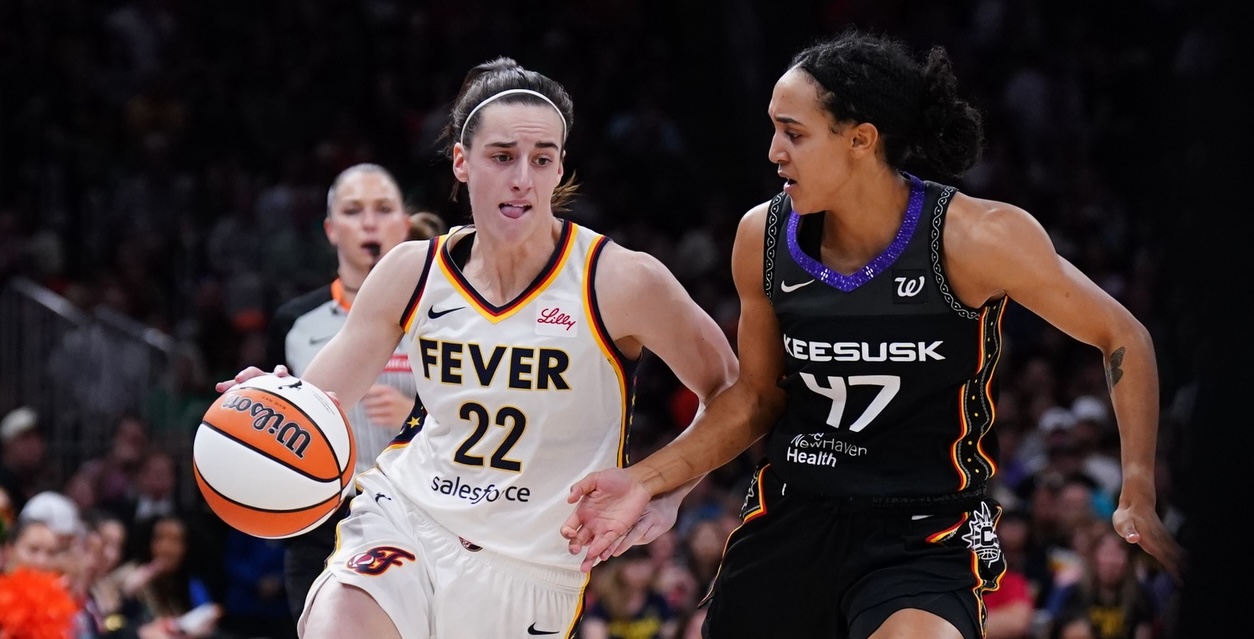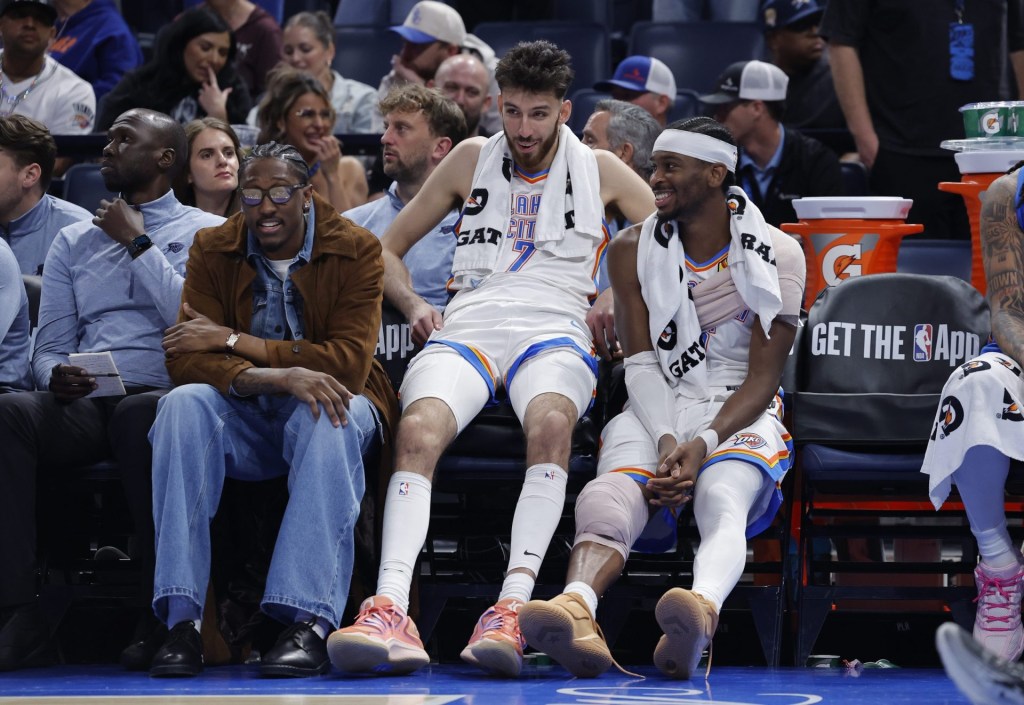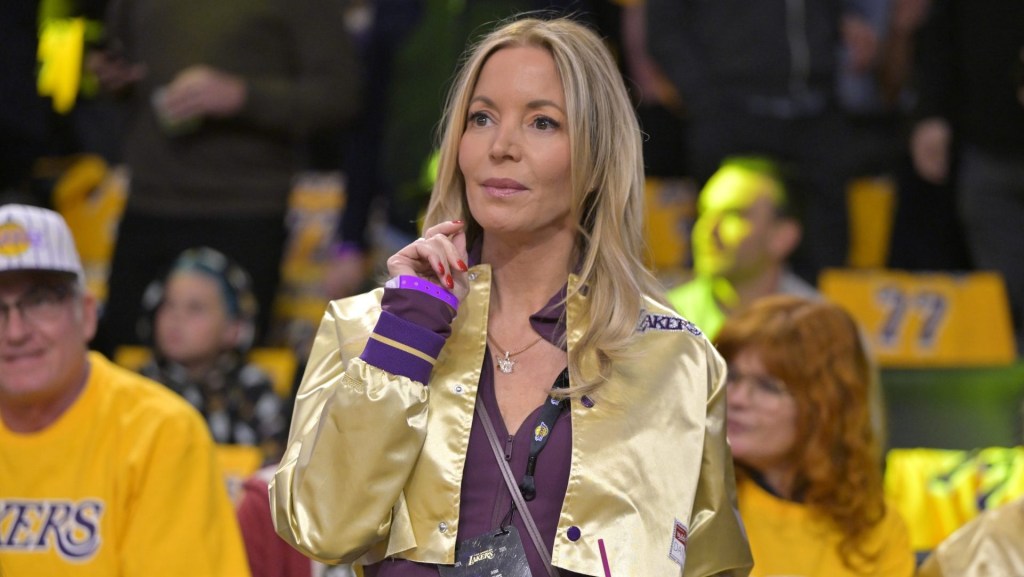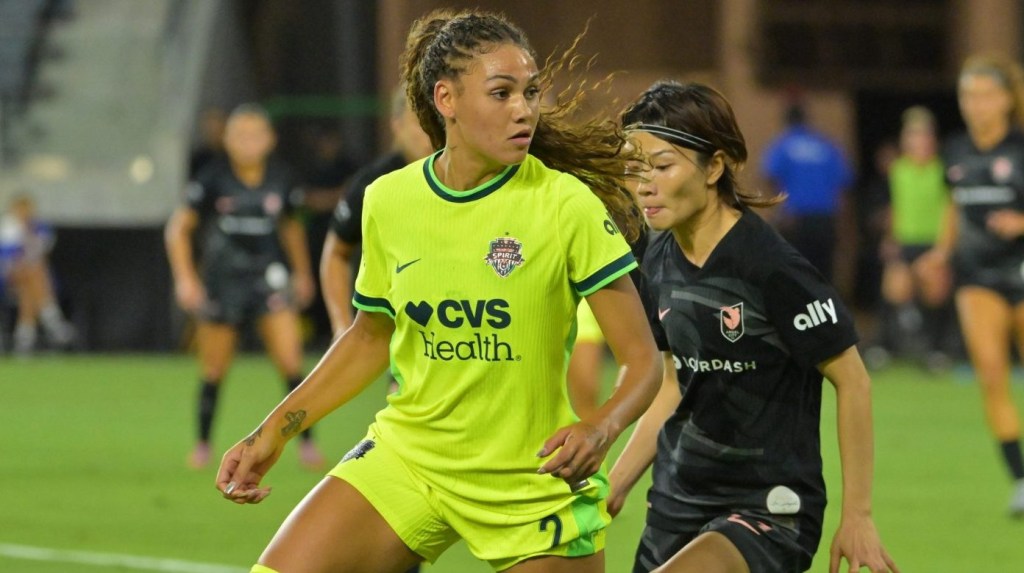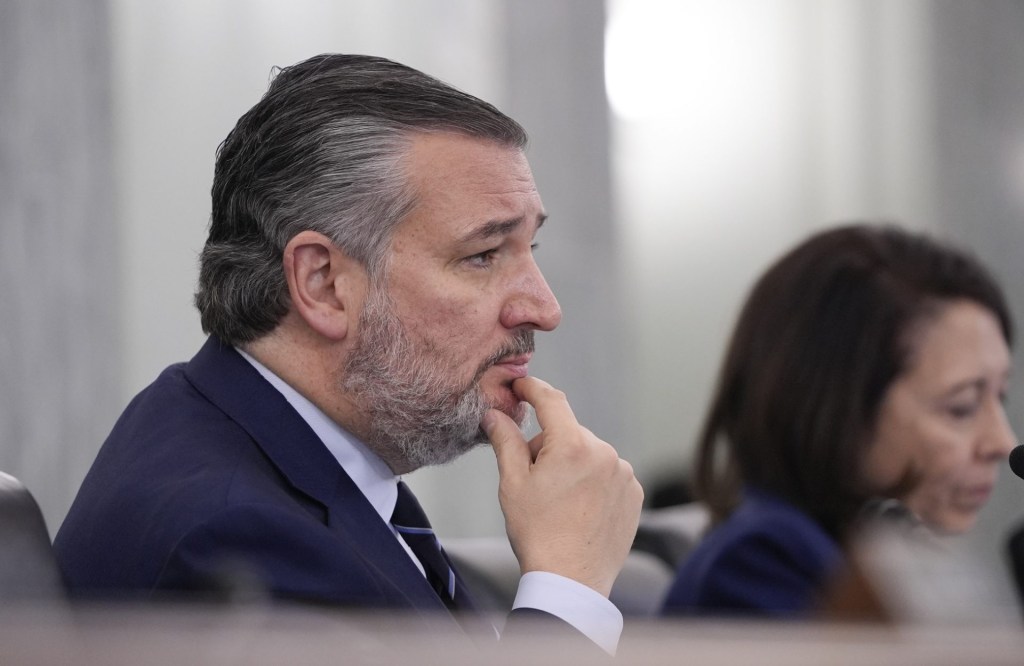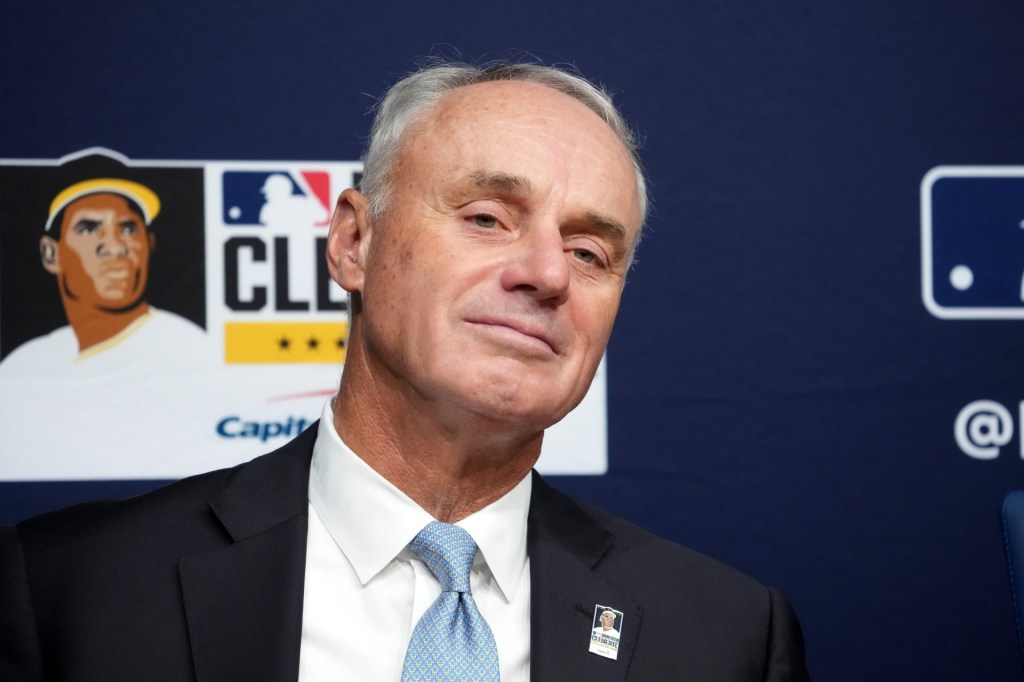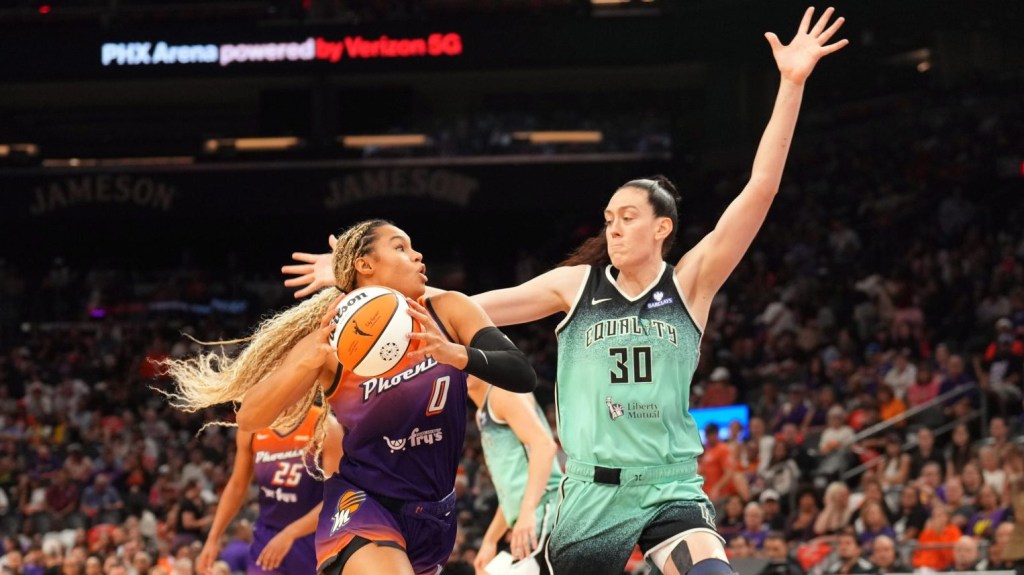Earlier this week, word emerged that the WNBA had offered its players a new collective bargaining agreement that included a maximum salary of over a million dollars a year, a landmark figure in a league where the salary cap is currently just $1.5 million per team.
Multiple sources familiar with the league’s labor negotiations said that the numbers are misleading. While salaries can reach a maximum of more than $1.1 million in the league’s offer, the base supermax contract would still pay between $800,000 and $850,000 annually—as was the case in early October. The $1.1 million figure represents combined earnings from a base salary and additional potential revenue sharing, the league sources said. Under the league’s offer, no player would sign a contract in 2026 with a base salary of $1.1 million.
The league and union did not comment.
Under the current CBA, WNBA players have multiple ways to get paid directly from the league: base salary, contract bonuses (championships, All-Star appearances, awards, etc.), player marketing agreements, and revenue sharing—which has never been triggered. The supermax salary in 2025 was $249,244 and the minimum was $66,079.
Bonus scale (per player)
- WNBA champion: $11,356
- Championship runner-up: $5,678
- MVP: $15,450
- All-WNBA First Team: $10,300
- All-WNBA Second Team: $5,150
- All-Star participant: $2,575
- All-Star MVP: $5,150
Potential earnings have been touted by the WNBA in recent years to promote the perception of higher salaries. In 2022, WNBA commissioner Cathy Engelbert asserted under the league’s pay structure a top player could make up to $700,000 annually, more than triple the base supermax salary in the WNBA at the time. In order for those potential earnings to become a reality, though, a player would have to earn bonuses throughout the regular season and be signed to a player marketing agreement.
PMAs, which can earn players up to $250,000, began during the 2021–22 offseason. However, most star players opted not to sign PMA deals with the league because they found them to limit other potential earnings from their name, image, and likeness.
The current CBA includes a revenue sharing model that would pay out players a percentage of excess revenue the league earned after a specific target was met. Beginning with the 2020 season, revenue sharing would have been triggered had the league increased its revenue by 20%. Any money earned above that 20% increase would have been added to the revenue sharing bucket, and a percentage of that money would be paid to the players.
The revenue sharing targets in the current CBA were cumulative, and the COVID pandemic in 2020 all but eliminated any chance players had at triggering them.
According to multiple sources, the players’ share of revenue under the league’s latest offer would not be significantly different than it is now.
The WNBA has repeatedly pointed out that it is offering an “uncapped” model; the union has been seeking a system where they are guaranteed a percentage of revenue, similar to how the salary caps are set in the NBA and NFL.
“The comprehensive proposals we have made to the players include a revenue sharing component that would result in the players’ compensation increasing as league revenue increases – without any cap on the upside,” the league said in an October statement.
WNBA players’ base salaries were about 9.3% of the league’s total revenue in 2022, Bloomberg reported in 2023. Since then, the salary cap has increased by a fixed rate of 3% every year.
However, while the players salaries have only increased by 3% per year, a report by Deloitte projected women’s basketball revenues would jump from $710 million in 2024 to $1.03 billion in 2025—implying that the players’ share of league revenue has actually fallen as the league’s business has grown.
That is the heart of the dispute between the league and its players, and the collective bargaining agreement expires in ten days.
“It sounds good and they can always wave a big number in your face,” veteran guard Sophie Cunningham told FOS recently. “But what happens when the business continues to go up? Does that mean that our salaries are going to continue to go up, or will they stay the same?”
